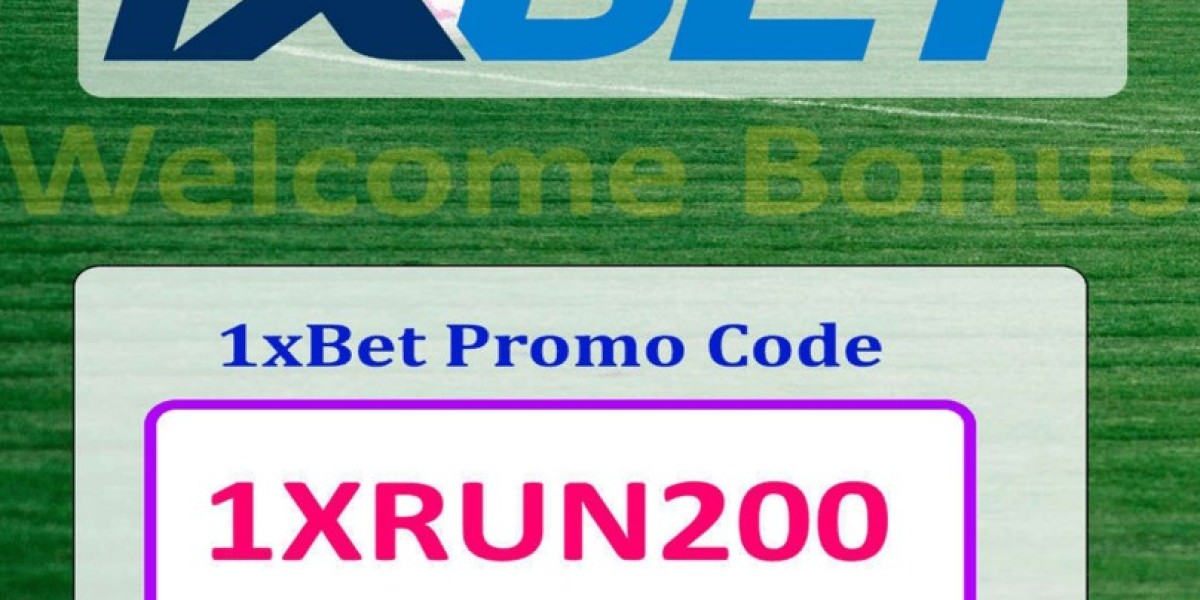When I plan my fixed-income allocation for the year, I don’t chase the loudest coupon. I look for corporate bonds that fit my goals, cash-flow needs, and risk appetite—then I spread exposure across a few sensible buckets. Rather than a single “hot pick,” here are the segments I’m prioritising in 2025 and how I evaluate them within the wider universe of Bonds in Indian Market.
1) AAA-rated PSUs and large financial issuers.
For the core of my portfolio, I prefer high-quality public-sector and top-tier financial names. These bonds typically offer strong covenants, better liquidity on exchanges, and fewer surprises. I use them to anchor income and to reduce volatility when other parts of the portfolio take risk.
2) High-grade NBFC NCDs (secured, 2–5 years).
When I want a little extra yield without straying too far on credit, I look at secured issues from well-capitalised NBFCs with clean rating histories. Here I read the rating rationale, check leverage and interest-coverage, and confirm the security cover. I also make sure the issue is listed so there’s an exit route before maturity if I need it.
3) Bank capital bonds—Tier II for income, AT1 with caution.
Tier II bonds can add incremental yield while staying above equity in the capital structure. Additional Tier-1 (perpetual) bonds pay more but come with loss-absorption and coupon-skip features; I only size them modestly and read the terms closely. In 2025, I’m selective: strong parentage and clear capital buffers are must-haves.
4) Infrastructure/utility issuers with stable cash flows.
Power, transport, and utility names often run regulated or contracted revenue models. When these arrive as secured corporate bonds with reasonable tenor, they can sit well in a long-term bucket. My checklist: project backing, escrow/charge on receivables, and a transparent covenant pack.
5) Green and sustainability-linked bonds.
Investor demand for labelled paper is rising. I treat these like any other bond—credit first, label second—but I like the additional disclosures and the alignment with enterprise-level sustainability goals.
6) Duration barbell for an uncertain rate path.
I don’t try to predict the exact rate cycle. Instead, I build a barbell: short-dated bonds (1–3 years) for reinvestment flexibility and a smaller slice in longer tenors (5–7 years) to lock yields if the opportunity is attractive. When available, I also consider floating-rate corporate bonds to reduce rate sensitivity on the short end.
How I shortlist within each bucket
I anchor decisions on yield to maturity (YTM), not just the coupon. A 10% coupon bought at a premium can produce a lower YTM, while an 8.5% coupon at a discount may deliver more. I check whether the instrument is secured or unsecured, scan the security cover, and understand seniority in the repayment waterfall. Liquidity matters—some series trade well, others are thin—so I favour names with regular volumes. For callable bonds, I calculate yield-to-call alongside YTM. Finally, I always run the post-tax numbers; coupon income is taxed as per my slab, so the real answer often differs from the headline.
Position sizing and diversification
No single issuer should dominate the income book. I spread exposure across sectors and maturities, and I align coupon schedules to household cash flows rather than bunching everything on one date. If a bond sits in my “stretch” bucket—say, lower rating or complex structure—I cap the allocation and insist on clearer collateral or stronger covenants.
Where I discover and execute
Access has improved considerably. Public issues (NCDs) allow applications at face value, and the secondary market is easier to navigate on regulated platforms that map the breadth of Bonds in Indian Market and present apples-to-apples YTM comparisons.
In short, my “top” picks for 2025 are not single names but well-chosen buckets: high-quality PSU/financials for stability, select secured NBFCs for yield, carefully sized bank capital bonds, and cash-flow-steady infrastructure issuers—blended across durations. This mix keeps income predictable while letting me participate sensibly in the opportunities corporate bonds can offer this year.








